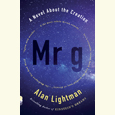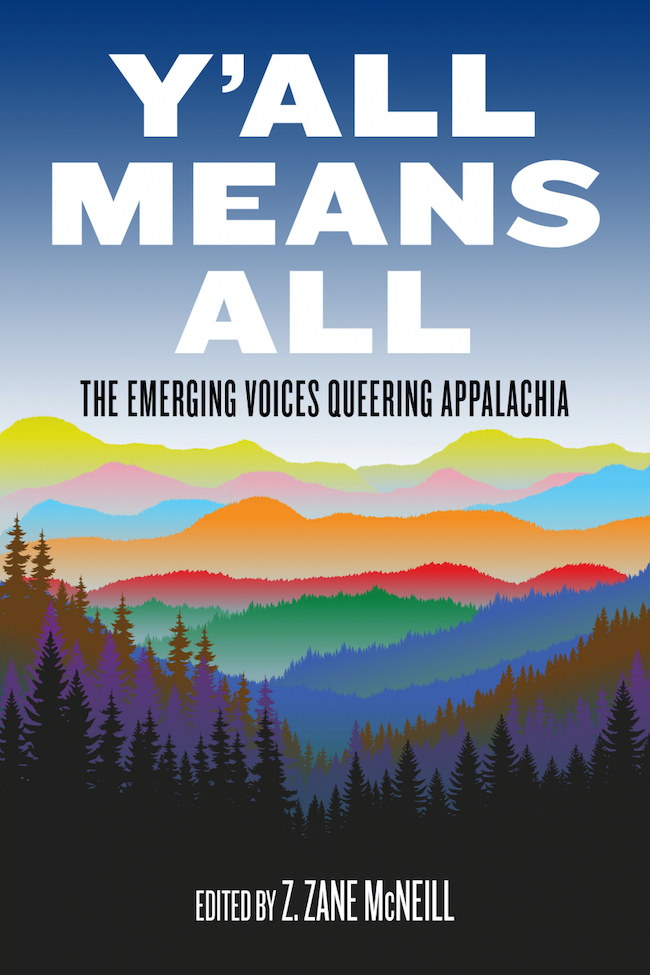Making Meta
Mac Barnett and Adam Rex Discuss How This Book Was Made
Young readers know they are in for lots of laughs and some welcome subversion when author Mac Barnett and illustrator Adam Rex, both New York Times bestsellers, join forces. In their newest picture-book collaboration, How This Book Was Made (their second self-referential tale), readers learn how a book gets into their hands. But this is not just a tale of first drafts, editors, re-writes, and delivery trucks—there are also pirates, tigers, eagles, and more. Things are always refreshingly bonkers in Barnett’s and Rex’s world.
Chapter 16 recently chatted it up by email with both creators in advance of their Nashville reading at Parnassus Books:
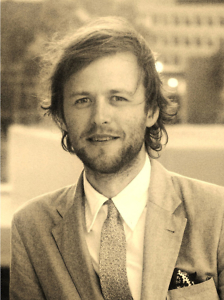
Photo: Sonya Sones
Chapter 16: I believe this is a return visit for you, Mac. You even experienced some honkytonk on Lower Broad last time, right? Adam, will this be your first Nashville visit?
Adam Rex: Naw, I’ve been to Nashville a lot. At least once for the Southern Festival of Books and several times since. My wife’s family is from Lebanon, Tennessee, and when we come out there biennially for her reunion, we usually try to budget some extra time in the city.
Mac Barnett: But what about honkytonks, Adam?
Rex: I honk so many tonks, Mac. In fact, it’s customary when I’m strolling through the less tonky portions of Nashville for locals to point and say, “Looks like some Tonk is missing its Honky.”
Chapter 16: Mac, at your most recent Parnassus visit, you did a great presentation for children about how a book is made. And you mentioned, if I’ve got this right, how you and Adam had once done that presentation together. Is that where this book was born? At what point did one or both of you say, Hey, let’s make this an actual picture book?
Barnett: The first time I ever did a book tour was with Adam, for Guess Again!. In one of those early events, a kid asked me how a book is made. There was a giant whiteboard behind me, and I ended up drawing out an answer that involved pirates and crying but contained very little helpful information. Over the years, I kept doing that presentation, and it changed over time, and finally one day a girl told me I should turn that story, the story of how a book is made, into a book. As soon as she said it, I realized she was right. Adam was there the first time I did the presentation, and he’d remained a character in it over the years—I asperse his work ethic and compare his looks to a saguaro—so I really hoped he’d be interested in illustrating the book version of it.
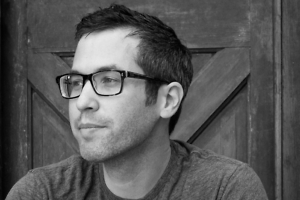
Rex: It was really fun to watch this whiteboard presentation over the years. Mac and I would pop up in the same place again after maybe nine months apart, and I’d see how it had changed and tightened up. It had this extended riff on the effects of traveling through the Bermuda Triangle that didn’t make its way into How This Book Was Made but which could be a whole book in and of itself.
Chapter 16: I particularly like how you note that “a book still isn’t a book, not really, until it has a reader .” So true. And even empowering for children to read. In any case, this is the second picture book you’ve done together (the first being Chloe and the Lion) in which you explain how picture books are made and how authors and illustrators work together—and it’s the second one in which you both appear. Adam, last time you used sculpted puppets to represent you and Mac, and a different medium for everything else. Any particular reason you decided to do this one in a consistent medium?
Rex: Well, Chloe has layers: there’s Mac and me speaking directly to the reader and to each other about the story we’re telling, and then there’s the actual story we’re telling. So I really felt that Chloe needed to be rendered very differently from how I rendered Mac. She needed to look like a creation, less “real” than the puppets, so you’d buy that the one was being made by the other. That was the idea, anyway. How This Book Was Made has no other agenda but to tell you the story of how the book you’re holding came to be. But I still liked the idea of these photographed dioramas I made—both because How This Book Was Made is sort of a spiritual sequel to Chloe and the Lion, but also because I think the dioramas highlight the artifice of it all. This is a book made with pencil and glue and paper and tape … and love. And scissors.
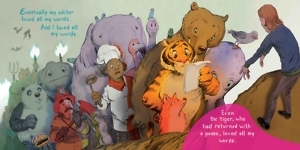 Barnett: I’m glad Adam said all that, because I think in each book he was very careful to use medium to help readers understand how to read the story, and I also think his choices help readers understand the relationship between these two books. They certainly share metafictive genetics (and trim sizes, and foil-stamped cloth covers). They also both have characters named Mac Barnett and Adam Rex, but the Mac and Adam of How This Book Was Made aren’t the same guys as the ones in Chloe.
Barnett: I’m glad Adam said all that, because I think in each book he was very careful to use medium to help readers understand how to read the story, and I also think his choices help readers understand the relationship between these two books. They certainly share metafictive genetics (and trim sizes, and foil-stamped cloth covers). They also both have characters named Mac Barnett and Adam Rex, but the Mac and Adam of How This Book Was Made aren’t the same guys as the ones in Chloe.
In Chloe, I’m the villain—selfish, vain, destructive—and Adam is sympathetic and put-upon and helps facilitate Chloe’s rise to self-determined hero. In this new story, I’m certainly not the hero—the book is—and I’m still prone to self-pity and self-importance, but both book and I are victims of a process and part of that process. And, like Adam says, it makes sense that we’re rendered in the same medium as the rest of that process. Adam is much less sympathetic in How This Book Was Made than he was in Chloe, which seems fair and right to me.
Chapter 16: Have you both had a chance to share this yet in school visits and/or other places in which children appear? I read an early copy to some third-graders. They had written their own books, and their teacher made a big deal out of having them “published,” so I swooped in with your story. The timing was just right. They got a big kick out of it.
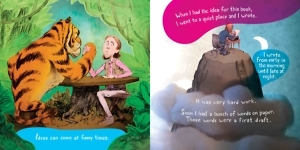 Rex: I don’t think I have shared it yet with any kids, apart from my son. He likes it! I think he mostly likes the way I hid a portrait of him and his mom in one of the crowds.
Rex: I don’t think I have shared it yet with any kids, apart from my son. He likes it! I think he mostly likes the way I hid a portrait of him and his mom in one of the crowds.
Barnett: Yeah, I always share picture books before they go to print, often when the book is still in sketches or even thumbnails. I want to see how they read, make sure the laughs are where I want them, look for any hiccups in the text, and just generally make sure that the rhythm of the performance tracks with the one I imagine in my head when I sat alone writing the thing.
Chapter 16: Since Chapter 16 is all about books and reading and all the love we Tennesseans have for that, I want to close by asking: What are you reading now, whether children’s lit or otherwise? Any books you recommend?
Rex: I seem to be slowly reading my way through everything Raymond Chandler ever wrote, and I wholeheartedly recommend The Unbeatable Squirrel Girl comic by Ryan North and Erica Henderson.
Barnett: I just finished Omensetter’s Luck by William Gass—it’s a remarkable book. Kids’: Carson Ellis’s Du Iz Tak is the most exciting picture book I’ve seen in many years.

Julie Danielson, a former school librarian, blogs at Seven Impossible Things Before Breakfast and writes about picture books for Kirkus Reviews and BookPage. Her first book, Wild Things! Acts of Mischief in Children’s Literature, was published in 2014.



